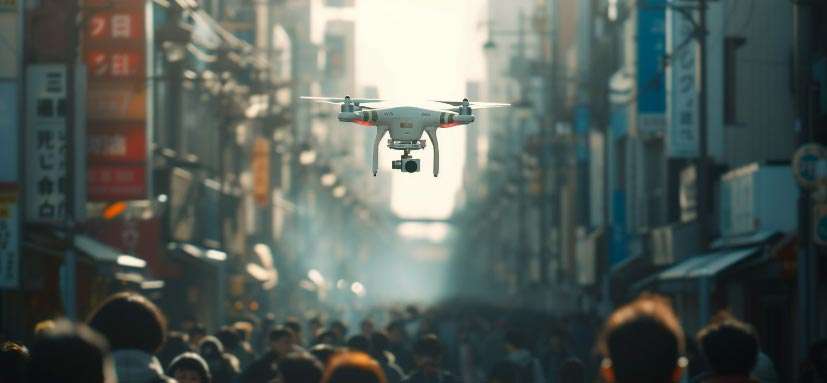
Urban areas face unique challenges when it comes to maintaining clean air, largely due to dense populations, high traffic volumes, and industrial activities. To combat these challenges, technological innovations in air quality monitoring have become crucial. These advancements provide data that is essential for making informed decisions about public health and environmental policies.
Real-Time Air Quality Sensors
One of the most transformative innovations in this field is the development of real-time air quality sensors. These devices are capable of providing continuous air quality monitoring, offering updates that are much more immediate compared to traditional methods that might take hours or even days. These sensors are installed throughout cities, including in particularly busy areas like major intersections and industrial zones, allowing for a detailed map of air quality that updates in real time. This capability enables immediate responses to detected pollution, potentially stopping harmful effects before they escalate.
Mobile Monitoring Units
Another significant advancement is the introduction of mobile monitoring units. These units can be attached to vehicles such as buses and taxis that traverse the city, collecting air quality data across a more extensive range of locations than stationary sensors. Mobile units help to fill gaps in data, especially in areas where it is not feasible to install permanent sensors. They provide a comprehensive picture of urban air quality, identifying pollution hotspots and tracking changes over time.
Satellite Monitoring
Satellite technology has also been adapted for air quality monitoring. Satellites equipped with special sensors can detect concentrations of specific pollutants over large areas, including those not accessible by ground-based monitors. This technology is particularly useful for tracking the movement of air pollutants across borders and for monitoring areas where ground-based systems are sparse.
Data Analytics and AI
The integration of data analytics and artificial intelligence (AI) with air quality monitoring systems marks a critical step forward. AI can analyze vast amounts of data collected from sensors to detect patterns and predict future air quality issues based on trends. This predictive capability is vital for proactive urban planning and for initiating preventative measures against potential air quality deteriorations.
Public Access to Air Quality Information
Technological innovations have also made air quality data more accessible to the public. Websites and mobile apps now provide real-time air quality information to citizens, allowing them to make better decisions about outdoor activities and exposure. This accessibility helps raise public awareness about air quality issues and fosters community involvement in advocating for cleaner air.
Impact on Public Health
The direct link between air quality and public health is well-documented, with poor air quality contributing to respiratory conditions, cardiovascular diseases, and other health issues. Advanced monitoring technologies enable faster and more accurate responses to deteriorating air quality, which can directly influence health outcomes. For example, during episodes of high pollution, cities can issue warnings and take quick actions such as temporarily reducing traffic, halting industrial activities, or advising residents to stay indoors.
Supporting Urban Planning
City planners utilize air quality monitoring data to design smarter urban environments that prioritize public health. By understanding pollution patterns, cities can implement better traffic management, plan urban green spaces effectively, and position industrial areas to minimize their impact on populated areas. These strategic decisions are crucial for sustainable urban development and for mitigating the health impacts of air pollution.